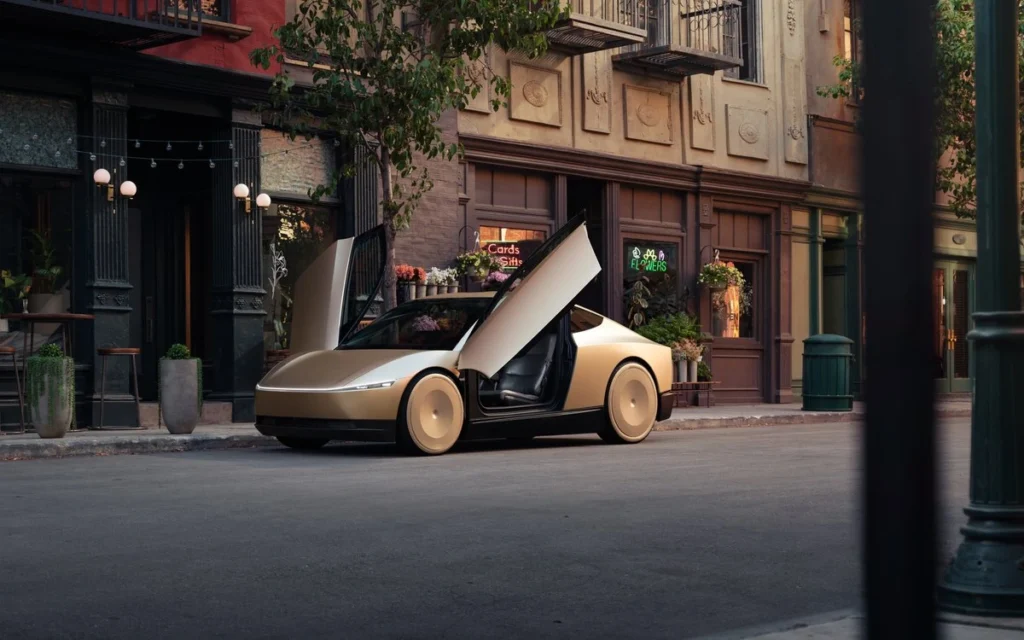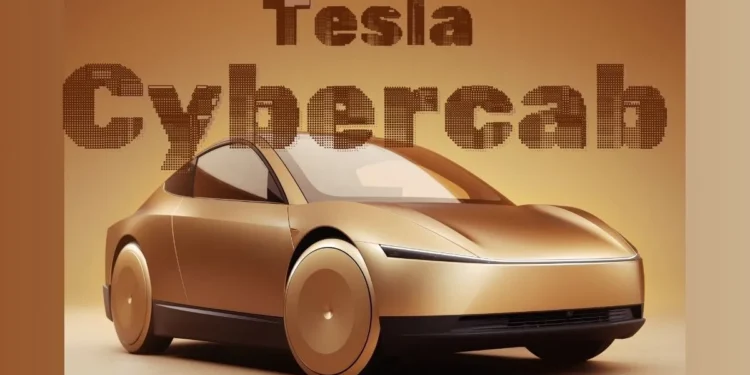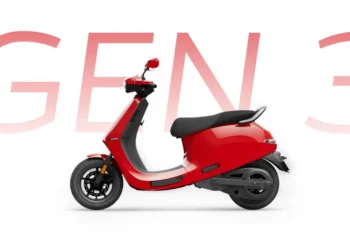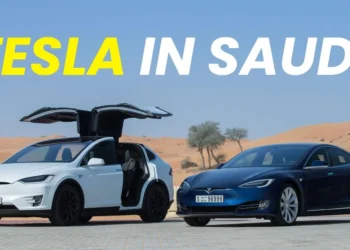Tesla has once again stirred excitement in the automotive industry by introducing the Tesla Cybercab—a fully autonomous robotaxi that promises to redefine urban mobility. Unveiled at the recent “We, Robot” event at Warner Bros. Studios in Burbank, California, this innovative vehicle reflects Tesla’s commitment to pioneering autonomous technology. With no steering wheel or pedals, the Cybercab represents a bold leap into the future of transportation.
Table of Contents
What is the Tesla Cybercab?

The Tesla Cybercab stands out not just for its futuristic design, but also for its groundbreaking features aimed at enhancing the passenger experience. With production slated to begin in 2026 and a price point expected to be under $30,000, this vehicle is positioned to be a game changer in the market for autonomous transport.
Key Features of the Tesla Cybercab
- No Steering Wheel or Pedals: The most striking aspect of the Cybercab is its lack of a steering wheel or pedals. This design choice underscores its fully autonomous capabilities, relying entirely on Tesla’s advanced Full Self-Driving (FSD) software.
- Inductive Charging: The Cybercab eliminates the need for a traditional charging port, instead opting for wireless inductive charging. This innovation simplifies keeping the vehicle powered and ready for use.
- Compact and Efficient Design: The Cybercab features a two-seater layout, designed for maximum comfort and accessibility. Its minimalist interior provides a spacious environment, devoid of clutter and distractions.
- Advanced AI and Sensor Integration: Equipped with a sophisticated array of cameras and sensors, the Cybercab utilizes artificial intelligence to navigate urban landscapes and respond to real-time traffic conditions.
The Vision Behind the Cybercab
Elon Musk, CEO of Tesla, envisions a world where autonomous vehicles are commonplace, fundamentally altering how we travel. At the unveiling event, he articulated this vision, stating,
“The vast majority of the time, cars are just doing nothing. But if they’re autonomous, they could be used five times more, maybe 10 times more.”
Musk highlighted the potential of the Cybercab to function as part of a ride-sharing ecosystem, enabling users to summon a vehicle on demand. This could significantly reduce the number of cars needed on the road, thereby alleviating traffic congestion and promoting sustainability.
Why Tesla is Pioneering This Change

Tesla’s foray into the autonomous vehicle market is backed by several key factors that position it as a leader in the field:
- Safety First
Musk emphasized the safety benefits of autonomous driving, claiming that “autonomous cars are expected to be 10–20 times safer than human-driven vehicles.” By leveraging data collected from millions of miles driven by Tesla vehicles, the Cybercab is designed to make informed decisions that could prevent accidents and save lives.
- Cost Efficiency
Operating a Cybercab is projected to cost as little as 20 cents per mile, a significant reduction compared to the $1 per mile typically charged by city buses. This affordability makes the Cybercab an attractive option for both individual users and ride-sharing services, potentially disrupting traditional transportation models.
- Market Potential
With its established market presence, Tesla aims to capture a substantial share of the autonomous vehicle sector. The Cybercab’s unique features and competitive pricing are expected to resonate with consumers looking for innovative solutions to urban transport challenges.
Challenges Ahead
While the potential of the Tesla Cybercab is immense, several challenges must be navigated before its widespread adoption:
Regulatory Hurdles
The Cybercab’s design, lacking conventional driving controls, raises questions about regulatory compliance. Securing approval from safety regulators will be crucial for bringing this innovative vehicle to market.
Technical Complexities
Achieving full autonomy is fraught with challenges. Tesla must demonstrate that its vehicles can operate safely and efficiently in diverse driving conditions, a task that many competitors have struggled with.
Investor Confidence
Musk’s previous claims regarding autonomous vehicles have been met with skepticism, particularly due to missed deadlines and ongoing scrutiny from regulators. Investors will be closely watching Tesla’s progress in delivering on its promises with the Cybercab.
What’s Next for Tesla?
Musk has made ambitious commitments to introduce unsupervised self-driving capabilities in Tesla’s Model 3 and Model Y vehicles in Texas and California by next year. This development will serve as a precursor to the broader rollout of the Cybercab and other autonomous models.
Upcoming Tesla Innovations
- Optimus Robot: Musk introduced the Optimus robot during the event, a humanoid designed to assist in various tasks. “Please be nice to the Optimus robots,” he joked, suggesting that they could one day become integral to everyday life.
- Robovan: Tesla also teased the concept of a Robovan—a 20-seater vehicle aimed at shared transport solutions. While details remain sparse, the introduction of such vehicles aligns with Tesla’s broader mission of sustainable transport.
Conclusion
The Tesla Cybercab represents a significant step toward a future where autonomous vehicles play a central role in urban mobility. With its innovative design, safety features, and cost efficiency, the Cybercab is poised to transform the way we think about transportation. As Musk stated, “With autonomy, you get your time back. It’ll save lives, a lot of lives, and prevent injuries.”
While challenges remain, including regulatory hurdles and investor skepticism, Tesla’s commitment to innovation and progress in the autonomous vehicle space is unwavering. As we look toward the future, the Cybercab could very well lead the charge in revolutionizing how we travel.
In the coming years, we will watch closely as Tesla seeks to deliver on its ambitious vision for autonomous transport and whether the Cybercab can fulfill its promise to change the way we navigate our cities.
What do you think about the Tesla Cybercab? Will it succeed in the competitive landscape of autonomous vehicles? Share your thoughts and predictions below in the comment section.
Tesla Q3 2024 Production and Sales: Key Insights and Analysis
FAQs about the Tesla Cybercab
1. What is the Tesla Cybercab?
The Cybercab is Tesla’s latest fully autonomous robotaxi, designed without a steering wheel or pedals. It aims to revolutionize transportation by offering a driverless experience.
2. When will the Cybercab be available for purchase?
Production of the Cybercab is expected to start in 2026, with a projected price of under $30,000.
3. How does the Cybercab charge?
The Cybercab features wireless inductive charging, eliminating the need for a traditional charging port.
4. What technology powers the Cybercab?
The Cybercab relies on Tesla’s Full Self-Driving (FSD) software, which uses cameras and AI for navigation, rather than lidar or high-definition maps.
5. What are the safety claims regarding the Cybercab?
Musk has stated that the Cybercab is expected to be significantly safer than human-driven vehicles, with potential safety improvements attributed to extensive data collected from Tesla’s existing fleet.







